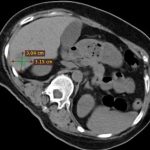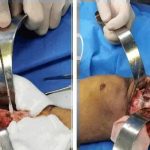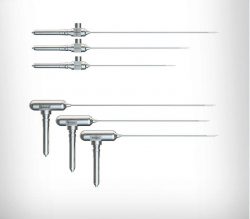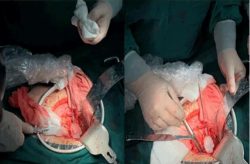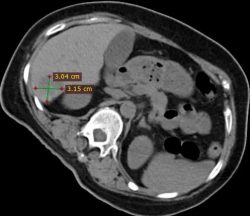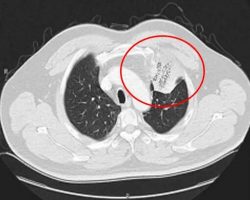CRYOSURGERY FOR BONE CANCER
Cryosurgery, also known as cryotherapy or cryoablation, has emerged as a promising and innovative approach in the treatment of bone cancer. This minimally invasive technique harnesses the power of extreme cold to destroy cancerous cells, offering a viable alternative to traditional methods such as surgery or radiation therapy.
In cryoablation for bone cancer, a specialized probe is inserted directly into the tumor site under the guidance of imaging techniques like ultrasound or CT scans. Liquid nitrogen or argon gas is then circulated through the probe, creating an intensely cold environment that freezes the cancer cells. The freezing process, known as cryonecrosis, induces cellular damage and triggers a cascade of events leading to cell death.
One of the key advantages of cryosurgery is its ability to precisely target the cancerous tissue while sparing the surrounding healthy bone structures. This targeted approach minimizes collateral damage and preserves the functionality of adjacent joints and organs. Additionally, cryosurgery is associated with reduced postoperative pain, shorter recovery times, and lower complication rates compared to traditional surgeries.
The effectiveness of cryosurgery in treating bone cancer lies in its ability to not only eliminate the primary tumor but also to stimulate an immune response against cancer cells. The freezing and thawing process disrupts the blood supply to the tumor, creating an inhospitable environment for cancer cell survival.
Despite the promising outcomes, cryosurgery for bone cancer is not suitable for all cases, and careful patient selection is crucial. The procedure is often considered for localized tumors in the early stages, and its success may vary depending on factors such as tumor size, location, and histological characteristics.
In conclusion, cryosurgery represents a groundbreaking advancement in the field of bone cancer treatment. This technique combines precision, minimal invasiveness, and favorable outcomes, offering new hope for patients facing the challenges of bone cancer. Ongoing research and clinical trials continue to refine the application of cryosurgery, positioning it as a valuable tool in the multidisciplinary approach to combating this formidable disease.
Bone Cancer Case Sharing
Case 1
Cryosurgery for bone cancer



